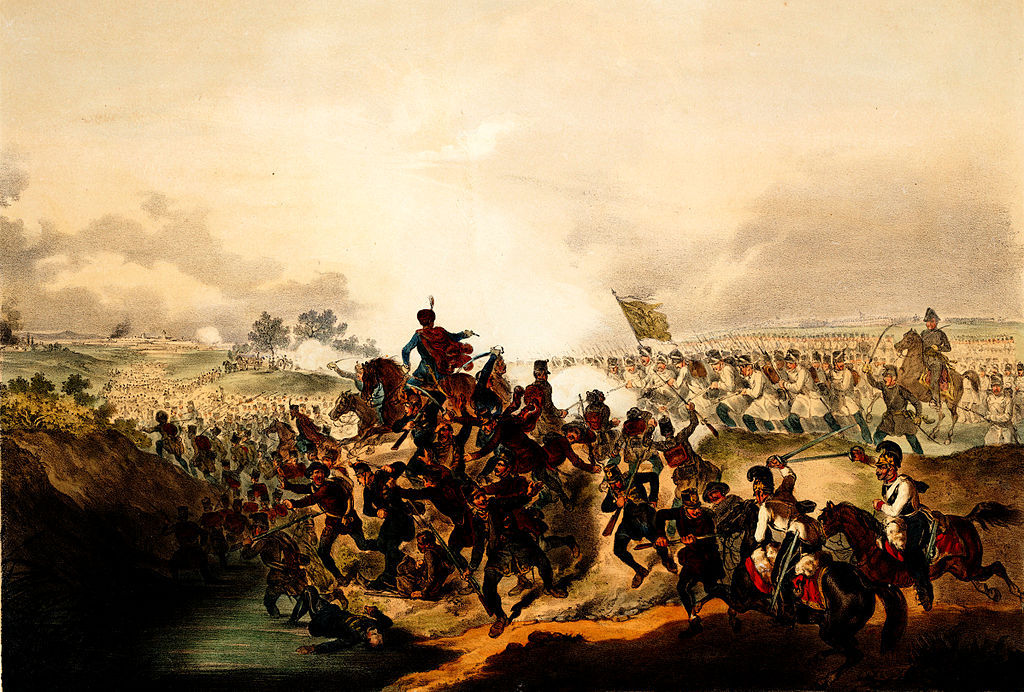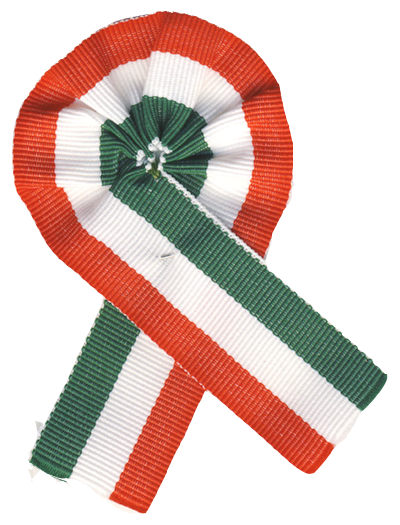From a historical point of view
1848 was a turbulent year across Europe: several revolutions broke out in the Habsburg area and Hungary was no exception. It is considered to be one of the most defining events in Hungary’s modern history and a forming cornerstone of the Hungarian national identity.
Hungary had been part of the Austrian Empire since the early part of the nineteenth century, though it had operated almost as a separate country; its strongest bond to the empire was a common monarch.
As the same monarch ruled over the Kingdom of Hungary and the Austrian Empire, the revolution in 1848 began following widespread national discontent with taxation and a general desire for freedom of the press, freedom of religion and an independent parliament for Hungary. The desire for independence was also driven by other revolutions across Europe at this time.

After the emergence of Lajos Kossuth in the parliament, full independence was demanded for Hungary that resulted in the military intervention of Habsburg forces and a full-scale independence war raged the country for over a year. After a series of severe Austrian defeats in 1849, the Austrian Empire came close to the brink of collapse. The young emperor Franz Joseph I had to call for Russian help and by October 1849 the war for independence was lost.
However, despite the defeat of 1849, the revolution is seen as a key point in Hungary's history as it marks the beginning of an idea that defined the course of the modern-day Hungary as well. The Austrian Empire never regained its former political and military strength and by 1867 the duality of the Austro-Hungarian Monarchy was established, giving more autonomy to the Kingdom of Hungary than ever before during the Habsburg reign.
How do Hungarians celebrate March 15?
 As you see, March 15 became the symbol of the independent, modern Hungary throughout the years which means that every year we honour the anniversary with specific traditions and customs. One of the most iconic ways to mark the day is wearing a special, tricolour badge: on March 15 people pin a rosette (“kokárda” in Hungarian) on their coats containing red, white and green ribbons, the colours of the Hungarian flag. These are sometimes hand-crafted but every other store has them during these days. The national flag is also hoisted on almost every building, on residential, public or private alike.
As you see, March 15 became the symbol of the independent, modern Hungary throughout the years which means that every year we honour the anniversary with specific traditions and customs. One of the most iconic ways to mark the day is wearing a special, tricolour badge: on March 15 people pin a rosette (“kokárda” in Hungarian) on their coats containing red, white and green ribbons, the colours of the Hungarian flag. These are sometimes hand-crafted but every other store has them during these days. The national flag is also hoisted on almost every building, on residential, public or private alike.
Also, as it is a national holiday, on March 15 stores, shops and most public places are closed and as a student of a Hungarian university, you can count on a day off as well. While during the pandemic, no public event will be held this year, the official events of March 15 in the capital generally include various family-friendly programmes at the Castle, the traditional hoisting of the flag before the Parliament building on Kossuth Square, a march to the garden of the National Museum and public speeches to commemorate the heroes of the Hungarian Revolution of 1848.
Links and sources: Daily News Hungary - What do Hungarians celebrate on March 15?, WeLoveBudapest - Explainer: Hungary’s March 15th holiday, WeLoveBudapest - March 15 in Budapest, Hungary Today - March 15: National Flag Hoisted by Parliament, Wikimedia Commons – Battle of Temesvár, Wikimedia Commons – Kokárda